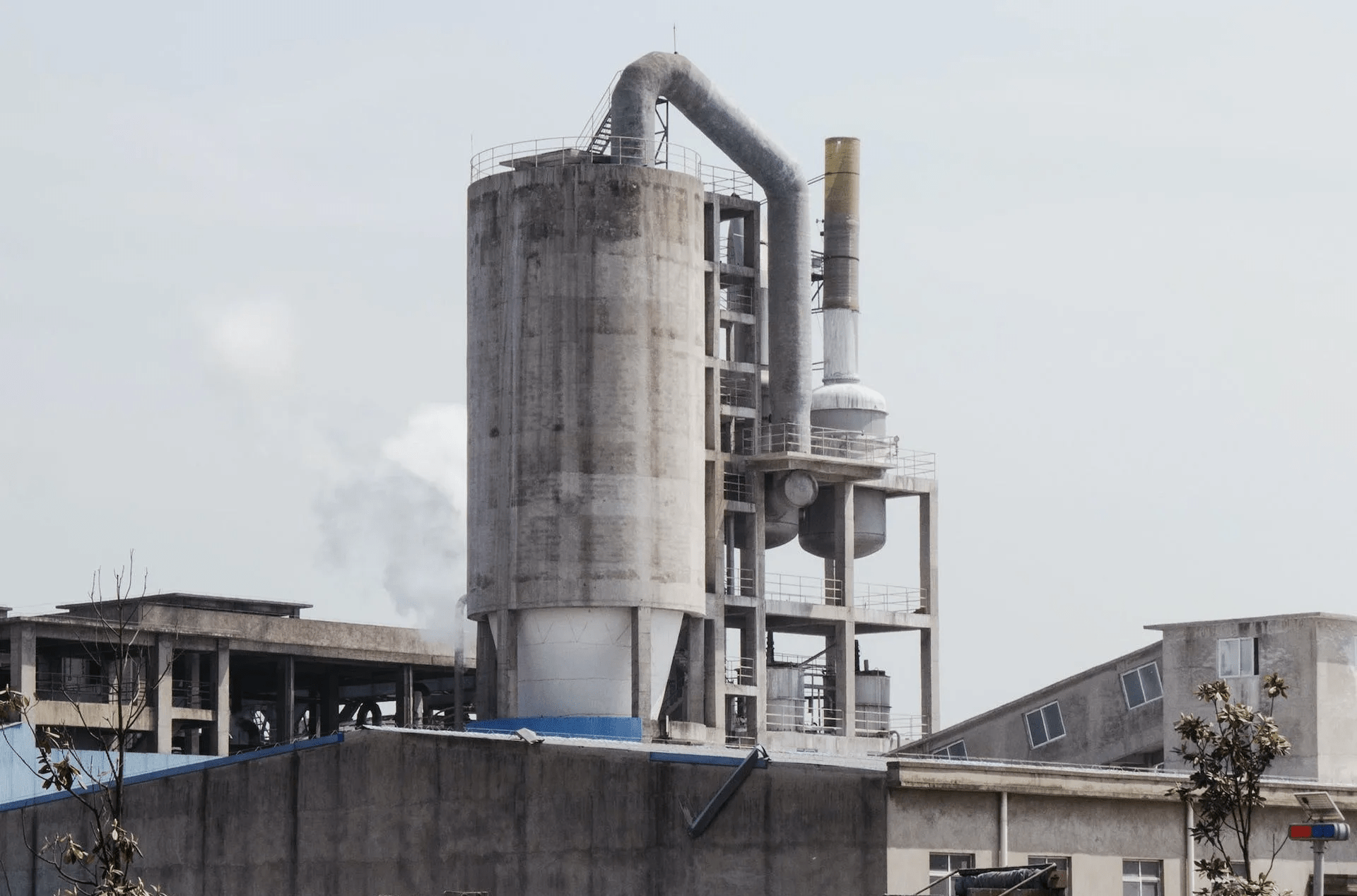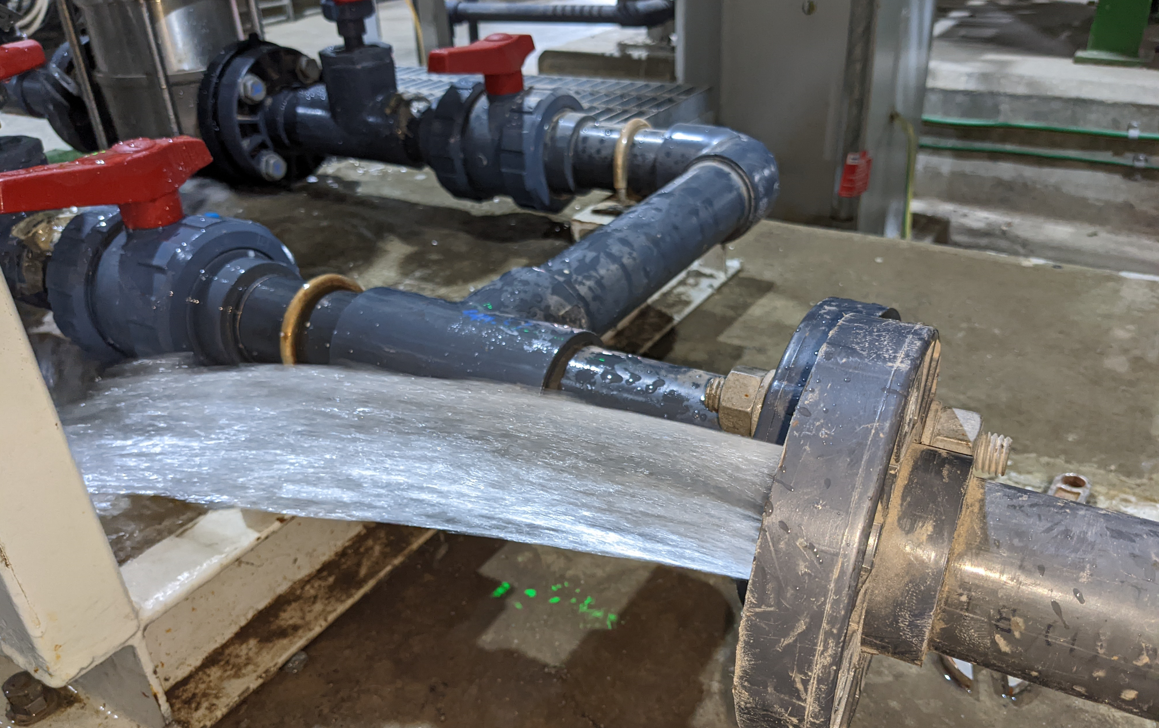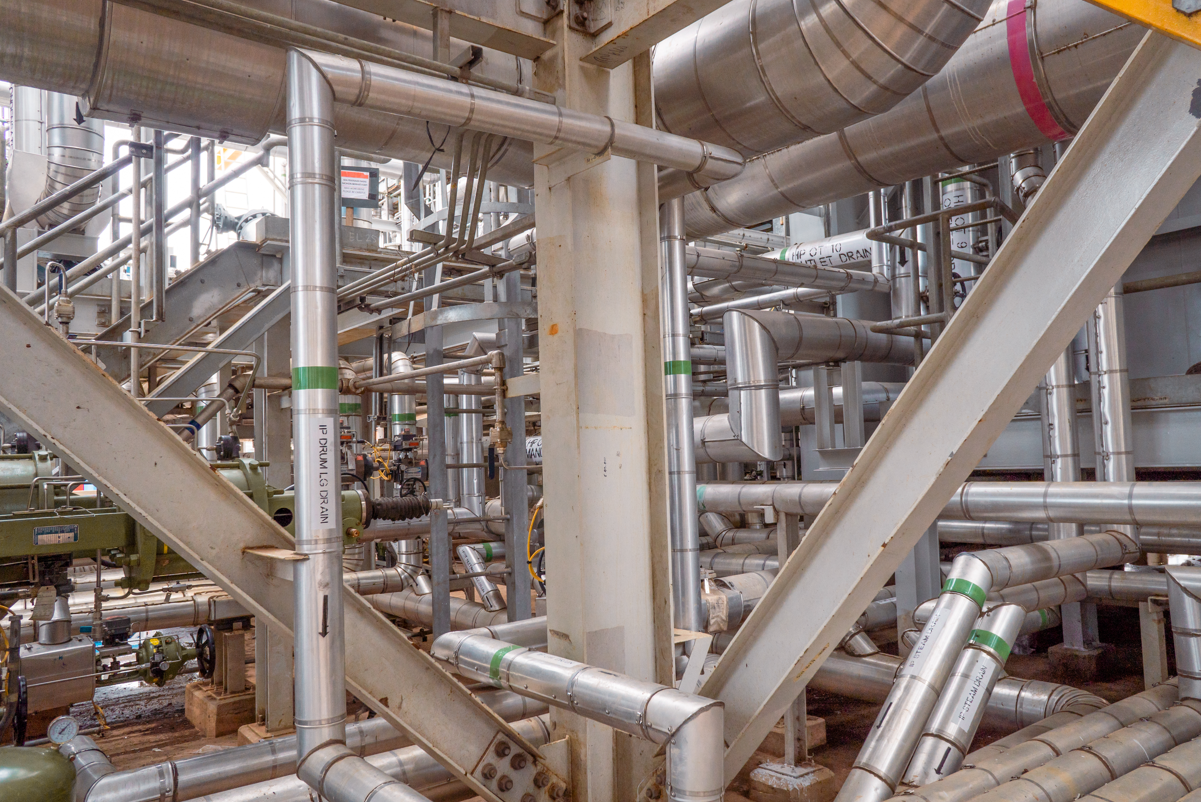If you are looking for the most recent information on this topic, you’ve come to the right place. We’re here to provide you with expert insights, first-hand knowledge, and essential details to help you navigate the world of API 571. Let’s dive into API 571 Latest Edition Update 2020 Publication.
What Is API 571?
API 571 is a set of important guidelines for inspecting and evaluating equipment in industries like oil, gas, and petrochemicals. It helps professionals ensure that the equipment is safe and working properly by focusing on things like corrosion, different types of damage, and ways to prioritize inspections to make everything safer and more efficient. It’s like a manual that experts in these industries use to keep everything in good shape.
API 571 is a comprehensive document that acts as a guide for inspecting and evaluating equipment in the oil, gas, and petrochemical industries. It addresses a wide range of topics, including various types of corrosion, damage mechanisms, and risk-based inspection (RBI) methods.
The latest edition of API 571 represents the most current industry knowledge and best practices. It incorporates the latest advancements and insights to assist professionals in the industry in identifying and managing damage mechanisms effectively. This, in turn, ensures the integrity and safety of equipment and facilities.
How Many Updated Versions of API 571 Since The First Launch?
1. API 571 – First Version (December 2003)
The initial release of API 571 in December 2003 marked a significant milestone in the field of industrial equipment inspection and evaluation. This first version laid down the foundational principles and guidelines for professionals in the oil, gas, and petrochemical industries.
The standard addressed issues related to corrosion, damage mechanisms, and inspection techniques. This version aimed to enhance safety and the longevity of equipment, providing a crucial resource for industry experts.
2. API 571 – Second Version (April 2011)
The second edition of API 571, released in April 2011, brought about important updates and refinements to the standards. It reflected advancements in the industry’s understanding of corrosion mechanisms, damage assessment, and risk-based inspection practices.
This version aimed to align with the latest technological and methodological developments, making it an even more robust tool for professionals. By addressing new challenges and incorporating the latest knowledge, the second edition ensured that industry experts remained well-equipped to manage equipment integrity effectively.
3. API 571 – Latest Version (March 2020)
The most recent release of API 571 in March 2020 represents the cutting edge of industry knowledge and best practices. This version incorporates the latest insights into corrosion mitigation, damage mechanisms, and the integration of risk-based inspection principles. It reflects the industry’s ongoing commitment to safety, quality, and operational efficiency.
The latest edition ensures that professionals have access to the most up-to-date information, enabling them to make informed decisions and prioritize inspections effectively. It continues to be an invaluable resource for industry experts, ensuring that they stay ahead of the curve in an ever-evolving industrial landscape.
What Updates Contained in The Latest Version of API 571?
Here are the updates to API 571 in its latest edition:
1. Structure Changes
The organization of the document was modified by removing specific subcategories of damage mechanisms. Instead of having separate sections for things like mechanical and metallurgical failures, uniform or localized loss of thickness, high-temperature corrosion, and more, these were combined into a more streamlined format.
2. ANSI Approval
The document received approval from the American National Standards Institute (ANSI), indicating its adherence to recognized industry standards.
3. Damage Mechanism Changes
Three damage mechanisms were removed, with two of them being combined with other damage mechanisms. For example, “Steam blanketing” was combined with “Short-term Overheating-Stress Rupture,” and “Vibration-induced fatigue” was combined with “Mechanical Fatigue.” “Sulfate Stress Corrosion Cracking” was completely removed.
4. New Damage Mechanisms
Four new damage mechanisms were introduced, including “Brine Corrosion,” “Concentration Cell Corrosion,” “Hydrofluoric Acid Stress Corrosion of Nickel Alloys,” and “Oxygenated Water Corrosion (Non-boiler).”
5. Reordered Damage Mechanisms
In the 2020 edition, the order in which damage mechanisms are presented changed. In the 2011 edition, they were arranged by their relative importance, but in 2020, they are ordered alphabetically.
6. New Annex Added
A new annex (Annex A) was added, listing relevant standards and references that can be helpful when using API RP 571.
7. Introduction Paragraph
A new paragraph was added in the introduction section, emphasizing the role of identifying flaws as the first step in processes like Fitness for Service (FFS) and Risk-Based Inspection (RBI), as per API 579 and API 580.
8. Category Removal
The 2020 edition removed the previous categorization of damage mechanisms encountered in petrochemical equipment. This included five categories, like general and local metal loss, surface-connected cracking, subsurface cracking, microfissuring/microvoid formation, and metallurgical changes.
9. Metallurgical Terminology
The new edition uses more specific metallurgical terms, like mentioning the type of heat treatment (e.g., tempering, annealing) and the specific terms for metallic phases (e.g., alpha prime).
10. Statement Relocation
Several statements were moved from one part of the document to another, making it clearer and better representing their meaning.
11. US and SI Unit Changes
The equivalent values between the US and SI units were updated. In the 2011 edition, values were directly converted, but in 2020, they were adjusted to reflect the nearest integer value. Additionally, some mistakes in conversion values were corrected in the 2020 edition.
In summary, API 571 Latest Edition Update 2020 Publication is a vital resource for professionals in the oil, gas, and petrochemical industries, with the latest edition incorporating crucial updates to keep experts well-prepared and informed about the ever-evolving industrial landscape.
If you are a professional looking to enhance your understanding of API 571 and stay updated with the latest industry standards, PetroSync offers specialized training in this field. PetroSync’s API 571 training program is designed to equip you with the knowledge and skills needed to navigate the complexities of API 571 and ensure equipment safety and compliance. Join our API 571 training and master the corrosion and materials with PetroSync!







